
|
While his father may have been the greatest Mughal patron of the fine arts, Shah Jahan was the greatest builder. Apart from the famed Taj Mahal, Shah Jahan built the
Red Forts of both Agra and Delhi, the city of Shahjahanabad, now the old city of Delhi, and numerous other monuments throughout the empire.
|
 |
Shah Jahan |

|
Shah Jahan (Shahab-ud-din Muhammad Khurram), 1628-58, Gold mohur, Surat
Weight: 10.98 gm. Diameter: 24 mm Die axis: 12 o'clock
Legend, with regnal year 2 /
Legend
|
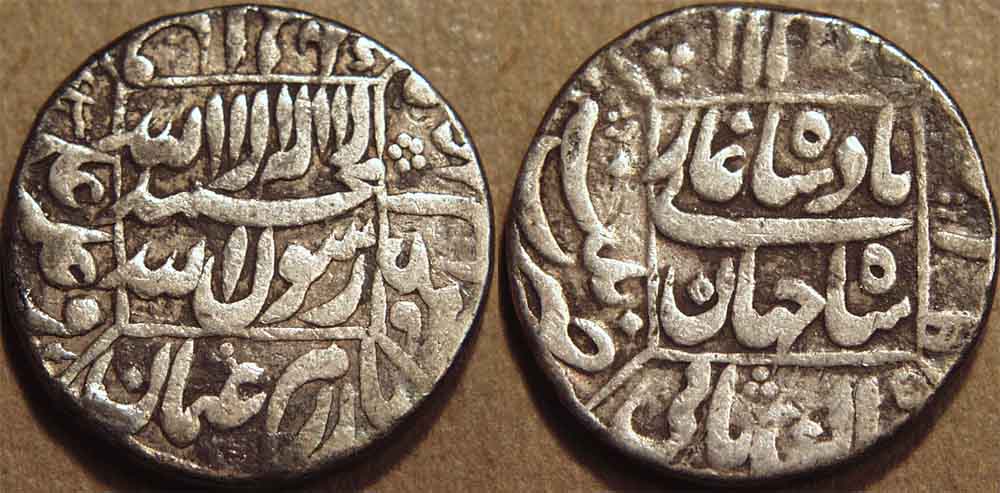
|
Shah Jahan (Shahab-ud-din Muhammad Khurram), 1628-58, Silver rupee, Patna
Weight: 11.23 gm. Diameter: 23 mm Die axis: 3 o'clock
Legend, with AH date (10)43 =1633-34 /
Legend, with mintname Patna and RY date 6
|

|
Shah Jahan (Shahab-ud-din Muhammad Khurram), 1628-58, Silver rupee, Patna
Weight: 11.22 gm. Diameter: 20-21 mm Die axis: 9 o'clock
Legend, with AH date 1054 =1644-45 /
Legend, with RY date 17
|
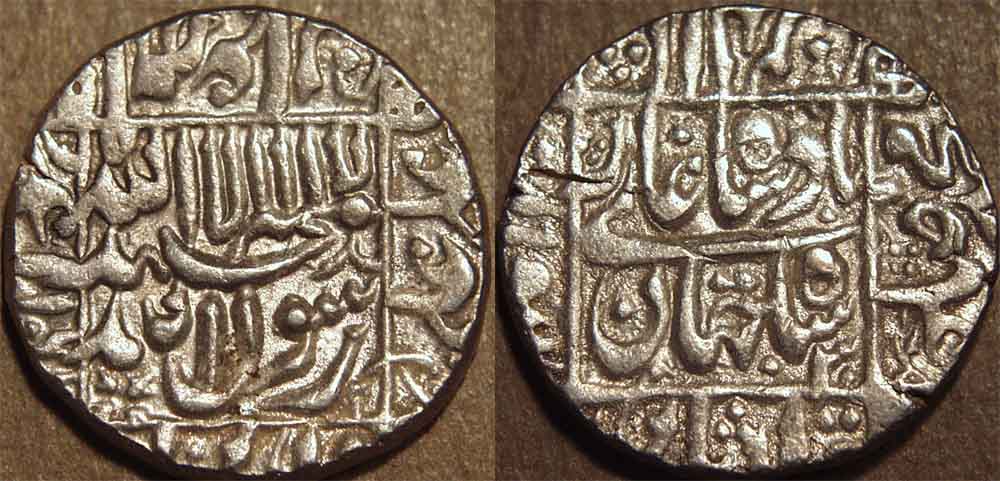
|
Shah Jahan (Shahab-ud-din Muhammad Khurram), 1628-58, Silver rupee, Surat
Weight: 11.55 gm. Diameter: 23 mm Die axis: 5 o'clock
Legend, with AH date 1066 =1656-57 /
Legend, with mintname Surat and RY date 30
|
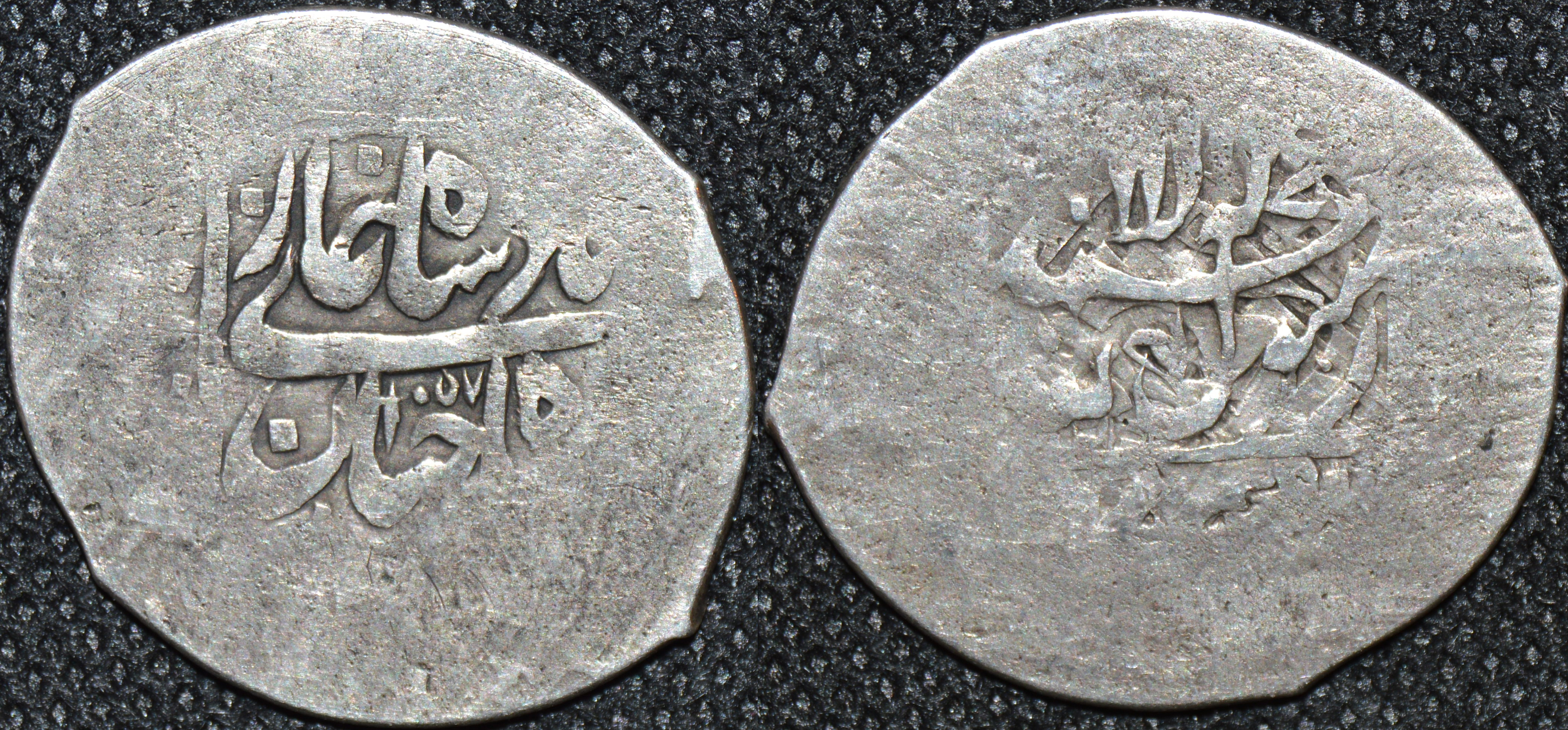
|
Shah Jahan (Shahab-ud-din Muhammad Khurram), 1628-58, Silver khani or shahrukhi, Balkh
Weight: 4.27 gm. Diameter: 25 mm Die axis: 11 o'clock
Legend shah jahan badshah ghazi, with AH date 1057 =1647-48 /
Legend, Kalima
Ref: KM 220.1 type but dated
|
 |
A most interesting coin, discovered only in the 1990s and providing confirmation of textual accounts of Shah
Jahan's campaign in Balkh. Those accounts have been identified by Shailendra Bhandare in a very interesting paper entitled "Numismatic Reflections on
Shahjahan’s Balkh Campaign - 1646-47" to appear in Numismatic Digest, Vol. 39 (2015), and shed light on the conservatism we see in coinage.
The principal source quoted by Bhandare is the Padshahnama of Abdul Hamid Lahori. Shah Jahan mounted his campaign in 1646 at the invitation of the
deposed Khan of Bukhara, who controlled Balkh at the time, and his forces were able to seize Balkh and its substantial treasury with ease in July of that year.
However, the difficulties of maintaining an occupying force so far from the empire, in a place much colder than the Indian troops were used to, and facing constant
harassment at the hands of the large numbers of Uzbek partisans, forced the Mughal army to reach a truce and withdraw by October 1647. Thus the occupation
lasted just over a year.
Given that the Mughal occupation was so short, there was a question of whether they ever issued coins in Balkh. But it is quite certain from Lahori's account that
coins were indeed issued and this coin provides tangible proof of that. Apparently the first coins issued were mohurs and rupees, but the rupees did not find
acceptance because they did not conform to the
roughly 4 gm standard of the local coinage. As a result, Lahori tells us that khanis of that weight, in which copper would be mixed with the silver, would be struck
and exchanged at a rate of four to a rupee. These khanis are what we call today shahrukhis, of which this coin is a great example. The coin is dated AH 1057.
There were other coins dated 1056, and undated ones, three of which are shown below. |
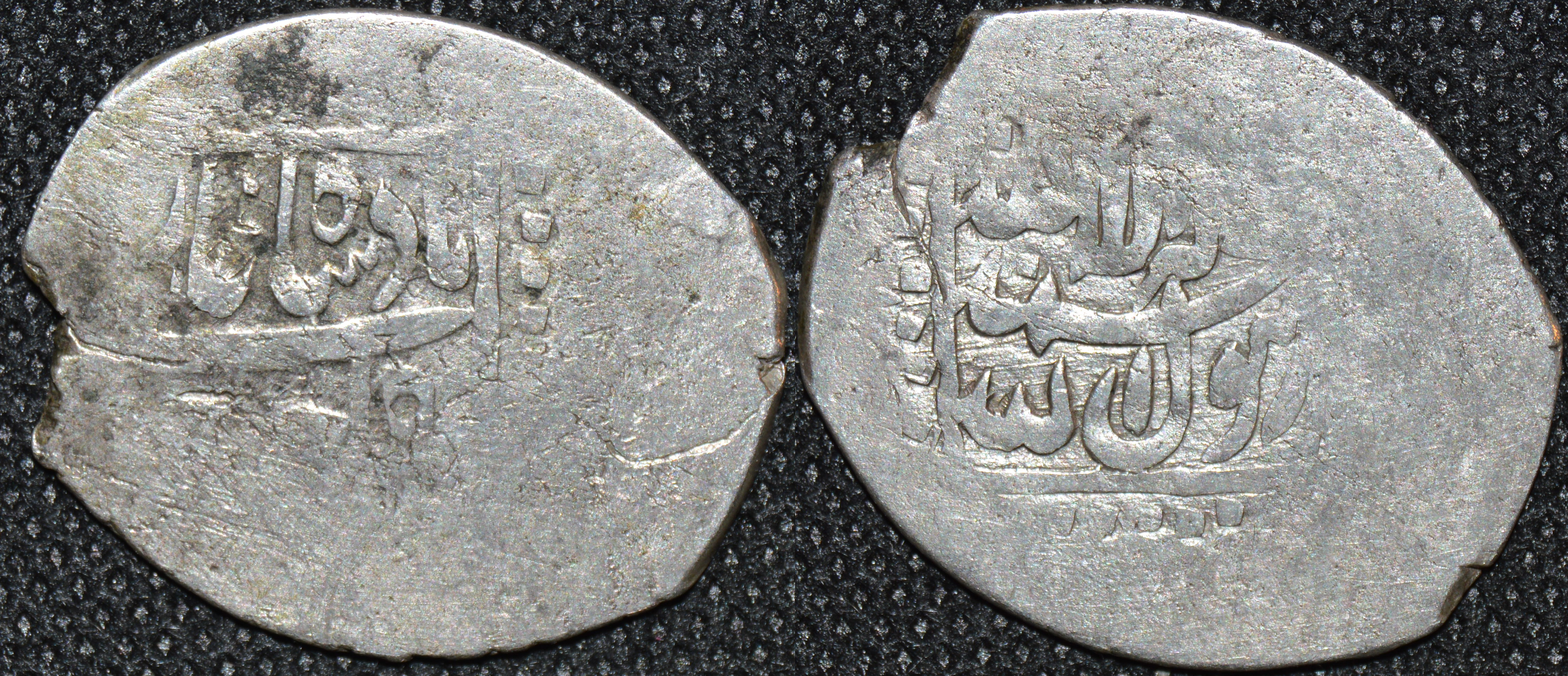
|
Shah Jahan (Shahab-ud-din Muhammad Khurram), 1628-58, Silver khani or shahrukhi, Balkh
Weight: 4.29 gm. Diameter: 28 mm Die axis: 5 o'clock
Legend shah jahan badshah ghazi /
Legend, Kalima
Ref: KM 220.1
|
 |
This and the next two coins appear to be examples of the undated Balkh khani, although it is possible one
or more of them is dated 1056, as that date appeared on the Kalima side of the coin in an area not visible on these specimens. |
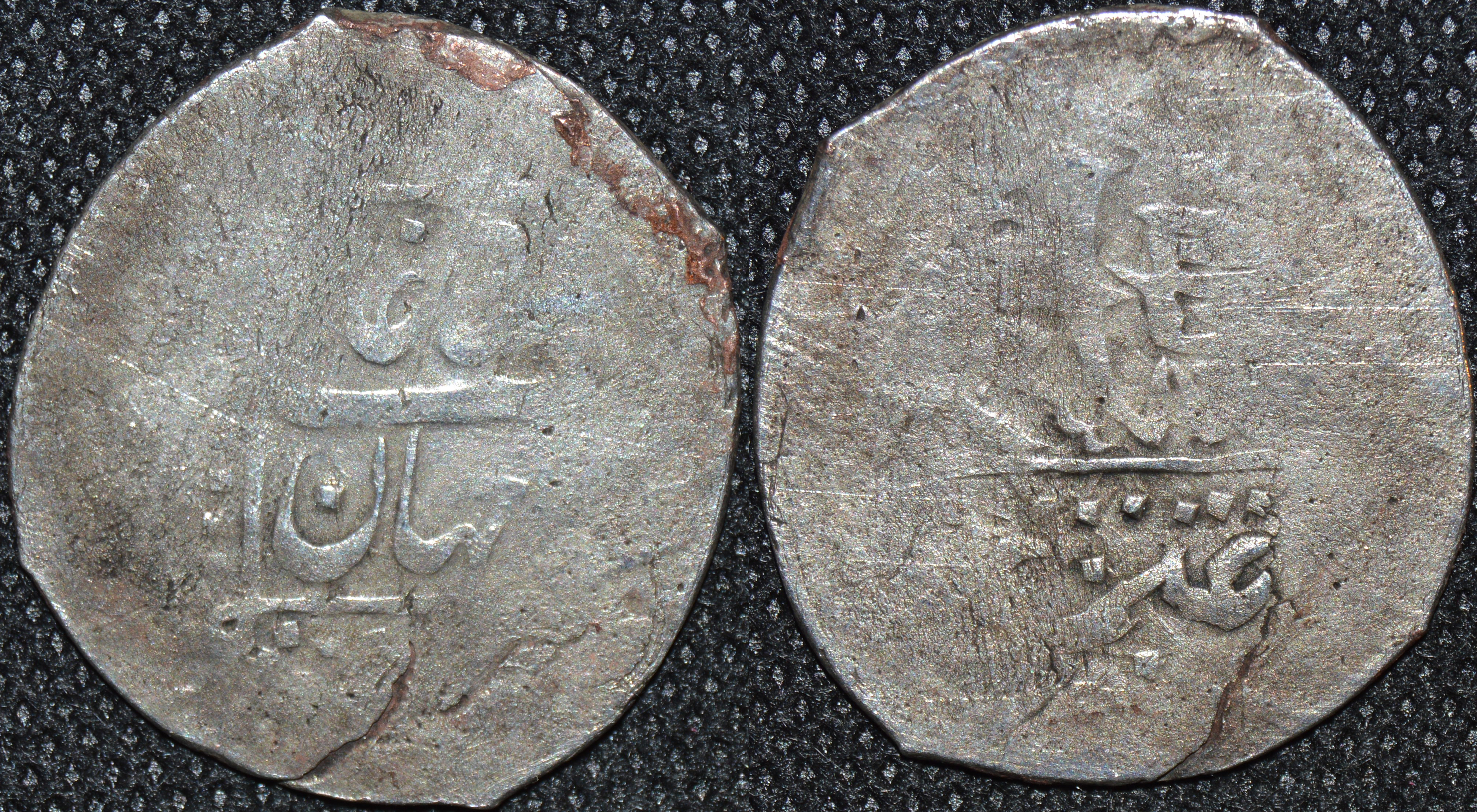
|
Shah Jahan (Shahab-ud-din Muhammad Khurram), 1628-58, Silver khani or shahrukhi, Balkh
Weight: 4.16 gm. Diameter: 25 mm Die axis: 12 o'clock
Legend shah jahan badshah ghazi /
Legend, Kalima
Ref: KM 220.1
|

|
Shah Jahan (Shahab-ud-din Muhammad Khurram), 1628-58, Silver khani or shahrukhi, Balkh
Weight: 4.21 gm. Diameter: 25 mm Die axis: 10 o'clock
Legend shah jahan badshah ghazi /
Legend, Kalima
Ref: KM 220.1
|
|
|